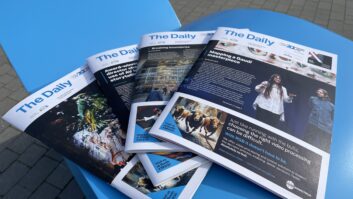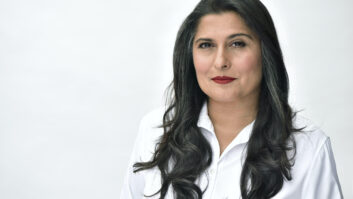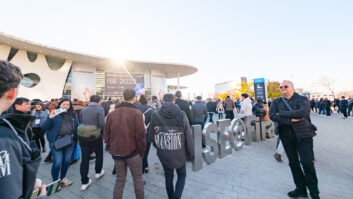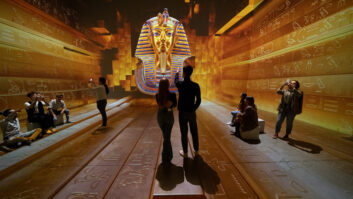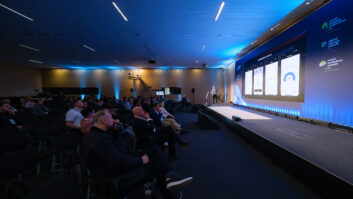If you’ve been a regular ISE attendee for the past few years, then you’ll have noticed the show growing – not only in terms of expanding to fill every hall of the RAI, but also in terms of the number of visitors, making aisles, corridors and escalators noticeably busier with each successive year.
Last year, 51,003 stepped through the doors at ISE. This means that the show now attracts as many people in a single day as it used to over three days not so long ago. Even the ‘quiet’ last day in 2014 drew 18,000 people, which is a higher attendance figure than any of the first five ISEs.
Not only has the total attendance grown, but the average time spent by attendees has also gone up as the show has spread its footprint. The show is now too big to take in everything in a single day, and so inevitably the middle day has the largest attendance.
Mike Blackman, ISE managing director, reports that some exhibitors have expressed concern about not having enough space on their stands to accommodate the high levels of visitors. By any standard, this is a nice problem to have, but it is one that needs to be addressed. As he told a press conference in December: “The best way to deal with this is not for our exhibitors to take bigger and bigger stands, so we can’t accommodate new exhibitors, but to allow them more time to speak to attendees.” So ISE 2016 will run from Tuesday 9 to Friday 12 February – a four-day show.
It will be interesting to see how the fourth day affects the pattern of attendance at the show. Having four days addresses the inevitable middle-day bulge, or at least allows the possibility of flattening the attendance curve to some extent. With ISE 2016 running to a Friday, I expect that more visitors will be tempted to extend their stay in Amsterdam over the weekend; but conversely, many of the others may head for home at an earlier time than in previous years.
According to Blackman, his team is currently looking at how the four days will be structured. For instance, should the days be themed? Should the first two days be restricted to the channel? (This might be tricky as many attendees like to bring their customers with them.) Will there be additional events at the end of the show to encourage people to stay longer? Nothing has been decided yet, but the aim is to make an announcement during ISE 2015 after discussions with ISE’s exhibitor committee.
What about further into the future? Well, the accessibility of Amsterdam has been a major factor in drawing a growing audience to ISE. Building work is underway at the RAI to expand the showfloor area – and also to create on-site hotel accommodation – with the first new buildings coming on stream in 2016. There is also scope to use temporary structures, in Congress Square and at the front of the complex, to provide additional exhibition space. Blackman said recently: “We’ve done some analysis to see where our growth will be, and we believe that the Amsterdam RAI can accommodate ISE for another five or six years.”
One of the good things about all of this is that it sends out a clear signal to the world about the strength of our industry.
The growth in visitor numbers is coming mainly from specifiers rather than the channel – so the event is drawing in a wider range of attendees with each successive year. ISE’s continuing success is unquestionably a good thing for everyone working in AV and electronic systems integration as the industry increases its influence on the world stage.

